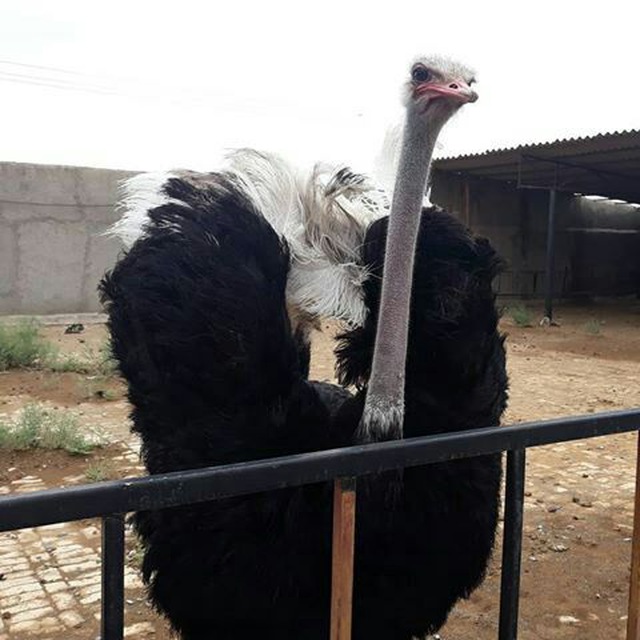Digestive and respiratory microbial flora of poultry
Digestive flora
When the chick comes out of the egg, its digestive tract is sterile. After that, the digestive system is quickly infected with bacteria, and even before consuming the first water and dan, first by enterococci, then by enterobacteria, and finally by a small number of clostridia.
At the beginning, these bacteria are replaced in the cecum or caecum, and after 24 hours after hatching, they invade and settle in the entire digestive tract.
Under the traditional conditions of poultry breeding, i.e. laying the egg under the mother’s body until hatching, the mother’s microbial flora is probably replaced in the digestive tract of the chick at a very early stage. In dense poultry farming, the complete separation of generations delays this natural process. Since the chicken has an immature digestive flora, it is naturally more sensitive to pathogens than adult poultry.
From the stratum corneum to the cecum, the intestinal flora of poultry increases both in number and diversity.
Layers and aggregates:
Mainly stratum corneum and gravel contain lactobacilli. Its acidic ph, which is 4 to 5 for layered soil and 1 to 2 for gravel, prevents the growth of bacteria that cannot tolerate an acidic environment, such as salmonella and coliforms. Despite this, in connection with the continuous storage of food in these organs, the survival of a small number of E. coli and Enterococcus is maintained.
Duodenum and ileum:
The most common bacteria in the duodenum and ileum are facultative aerobic-anaerobic bacteria such as E. coli, Lactobacillus and Enterococcus. In connection with the rapid passage of food through the duodenum, the microbial population is relatively less (10 to the power of 8) and the number of bacteria increases by moving towards the cecum. (Decreasing the movement of food in this area of the alimentary canal)
Cecum:
Cecum is the organ that contains the highest number of bacteria (10 to the power of 11). Microbial flora in this sector is very complex. In front of the wall of the cecum, a complex bacterial layer of over 200 bacteria belonging to 50 different species is found.
Approximately 90% of the bacteria were formed from obligate anaerobes and the rest of the microbial flora was formed from facultative anaerobes.
Respiratory flora
Although the respiratory tube is not as microbial as the digestive tube, the number of bacteria in the trachea is 1,000 to 10,000 times less than the amount in one gram of intestinal contents.
In the upper part of the respiratory tube, microbial flora including all kinds of bacteria can be found.
The trachea contains 10 to the power of 2 to 10 to the power of 5 bacteria belonging to all types of Gram-positive and Gram-negative bacteria.
Taken from the book Antibiotics in Poultry
This post is written by dr_m_abdollahi
